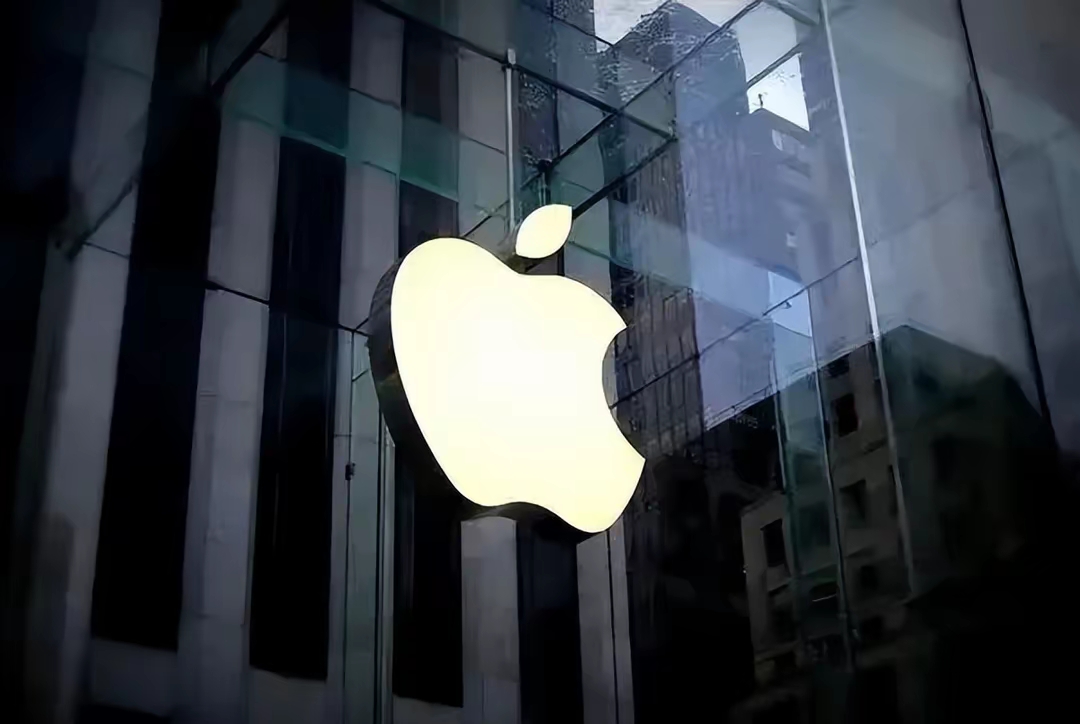
In the fierce competition of the smartphone market, Apple's iPhone 16e has attracted widespread attention. This phone, positioned as an "economical flagship", although priced affordably, has many configurations that have been reduced. Behind this phenomenon are complex and profound technological factors and business logic.
From the perspective of exterior design, the iPhone 16e adopts a traditional notch screen design, which has a gap in visual effects and interactive experience compared to the iPhone 16's Dynamic Island interactive system. The peak brightness of the screen is only 1600 nits, lower than the 2000 nits of the iPhone 16, and the display effect is poor in strong light environments. In terms of imaging system, it is only equipped with a single camera system and lacks the dual camera optical zoom function of iPhone 16. In today's era of popular short video creation, this undoubtedly weakens the core competitiveness of the product. In terms of core hardware configuration, the A18 chip on the iPhone 16e adopts a GPU quad core architecture, which is somewhat castrated compared to the iPhone 16's five core GPU design. At the same time, it has removed the MagSafe magnetic charging module and only retained the wireless charging function, with a wireless charging power of only 7.5W, far lower than the maximum 15W wireless charging power supported by the iPhone 16 series. In addition, in terms of network connectivity, the iPhone 16e does not support WIFI 7 and TDD (Time Division Duplex) 5G networks (partially supported), and the network experience may not be as good as the iPhone 16 in some scenarios.
Cost control is one of the important reasons for the reduction of iPhone 16e. In recent years, the global economic situation has been complex and volatile, with fluctuations in raw material prices and high costs of chip research and development, putting enormous cost pressure on Apple. By reducing production, Apple can lower manufacturing costs. For example, adopting a simpler single camera system reduces the procurement and research and development costs of lens modules; Cancelling the MagSafe magnetic charging module can also reduce material costs to a certain extent. From a profit perspective, as a commercial company, Apple's fundamental goal is to pursue maximum profit. Although the iPhone 16e is priced relatively low, it can still maintain a considerable profit margin through precise cost control. The lower cost allows Apple to open up the market at more attractive prices when facing price sensitive consumers, without excessively compressing profit margins, achieving a balance between sales and profits.
Apple segments the market through the iPhone 16e to meet the needs of different consumer groups. For consumers with limited budgets but eager to experience the Apple ecosystem, the iPhone 16e offers a relatively low-cost option. Differentiated from high-end models, highlighting the configuration differences between different products, can guide consumers to make choices based on their own needs and budget. This differentiated competition strategy helps Apple occupy a certain market share in various price ranges, consolidate its position in the smartphone market, avoid product homogenization competition, and improve overall market competitiveness.
From a technological development perspective, the downgrading of the iPhone 16e also reflects Apple's technological strategic layout. Apple may not have reached the stage of mature application of certain key technologies across its entire product line. For example, although its self-developed C1 baseband has advantages in energy efficiency, it has shortcomings in functionality and does not support millimeter wave 5G, WIFI 7, and TDD 5G networks (partially supported), which has led to a reduction in network connectivity for the iPhone 16e. Apple may hope to gradually apply and improve new technologies on mid to low end models, preparing for a comprehensive upgrade of future technologies while also reducing the risks of new technology applications.
For consumers, the downgrade of iPhone 16e requires them to make a trade-off between price and configuration. For consumers who do not have high requirements for phone performance and functionality, but focus more on brand and basic user experience, the iPhone 16e provides a cost-effective choice; For consumers who pursue ultimate performance and the latest technology, they may choose the higher configuration iPhone 16 series. At the market level, the launch of iPhone 16e has intensified competition in the smartphone market, especially in the mid to low end market. Other mobile phone manufacturers may adjust their product layout and pricing strategies based on Apple's strategy, driving the development and transformation of the entire industry.

YTN TV of South Korea reported on Tuesday (December 16) that the South Korean court plans to make a ruling on the charges of former President Yoon Suk Yeol for obstructing justice on January 16, 2026.
YTN TV of South Korea reported on Tuesday (December 16) tha…
On December 7, a new round of intense military conflict bro…
Recently, US media disclosed that the Pentagon is planning …
From three launch failures and a brush with bankruptcy to n…
Recently, a major piece of news has emerged in the US polit…
Against the backdrop of the Federal Reserve's third rate cu…